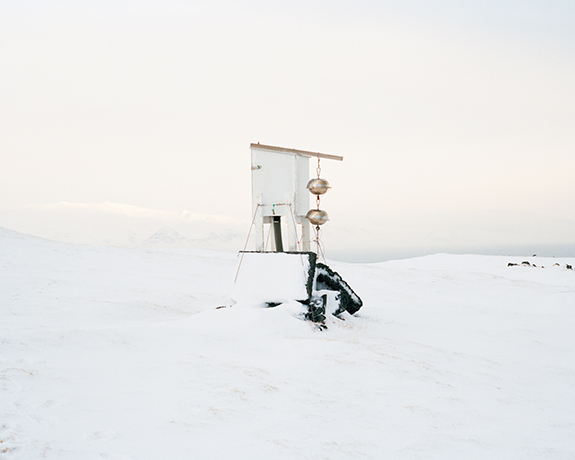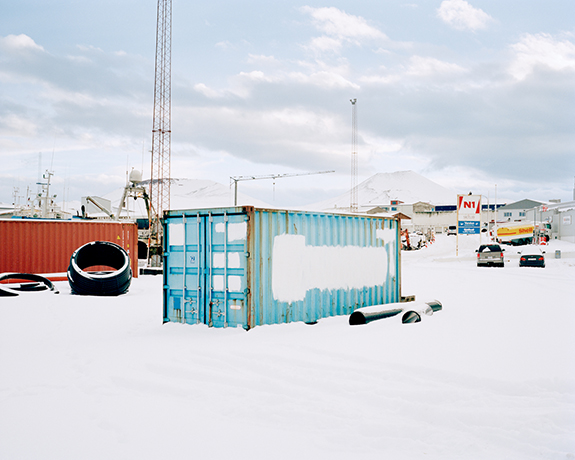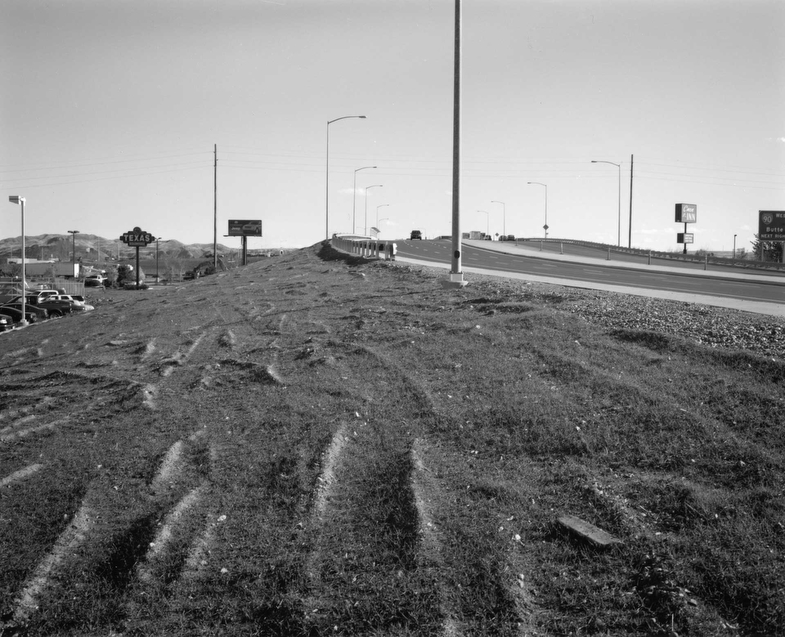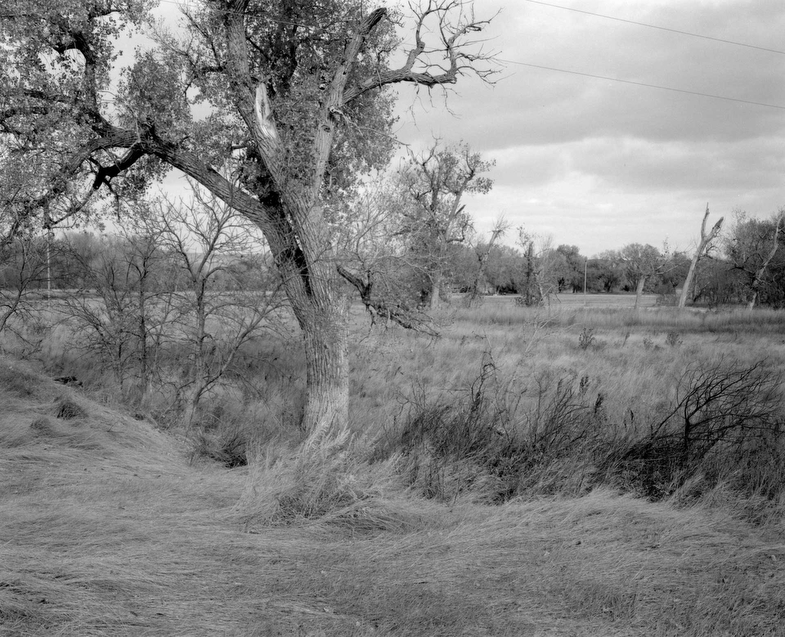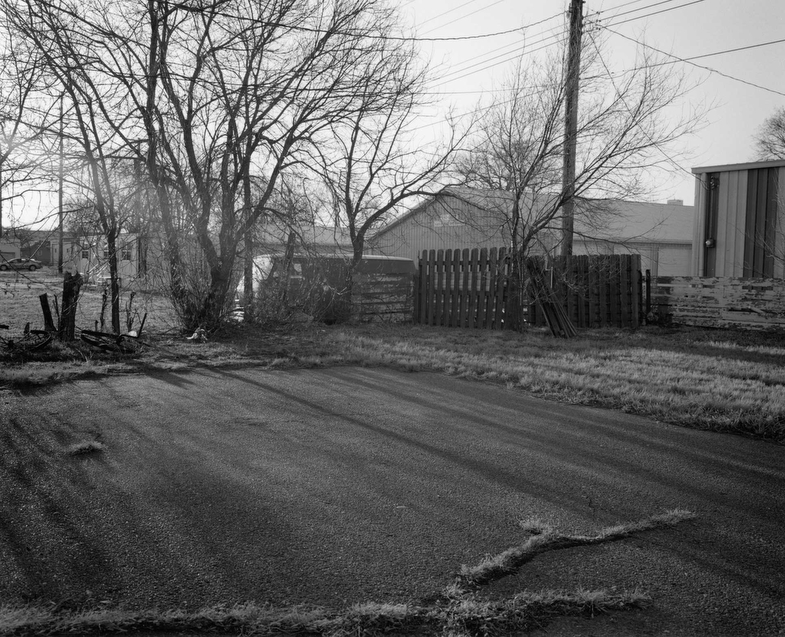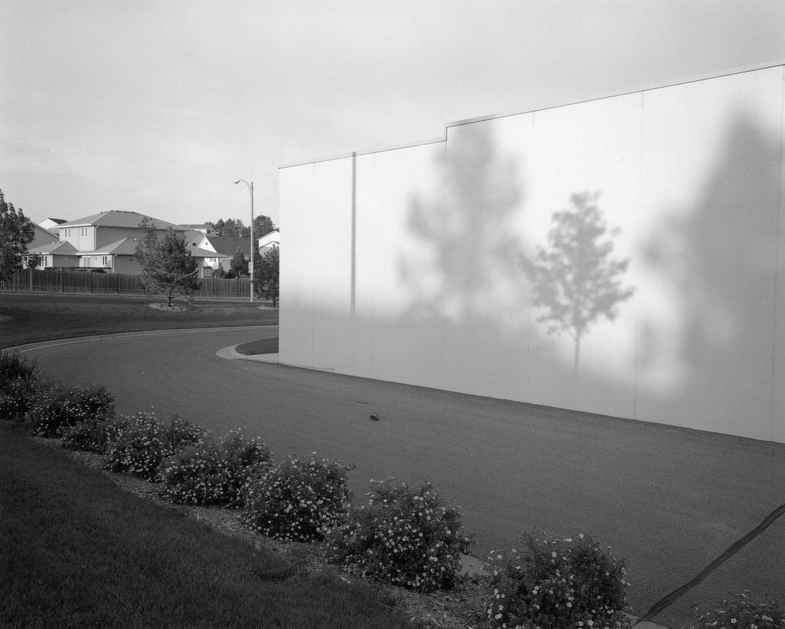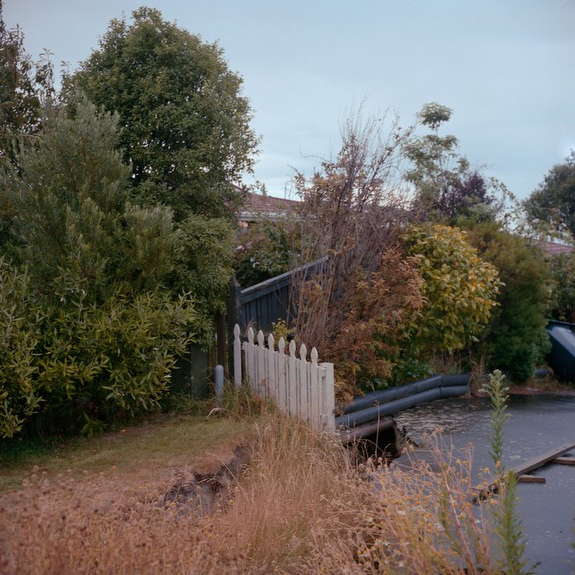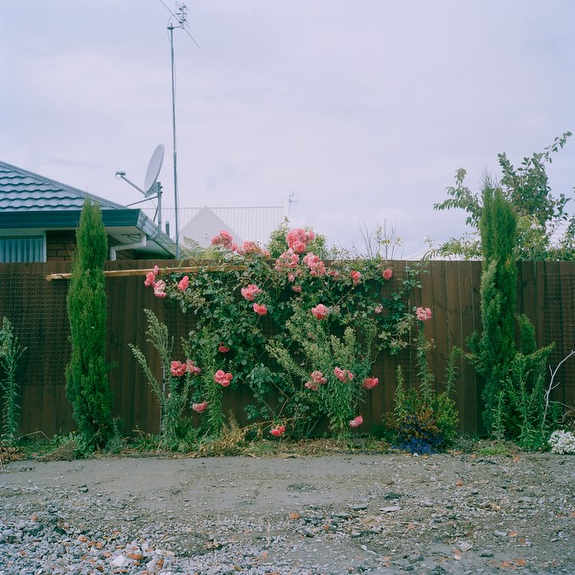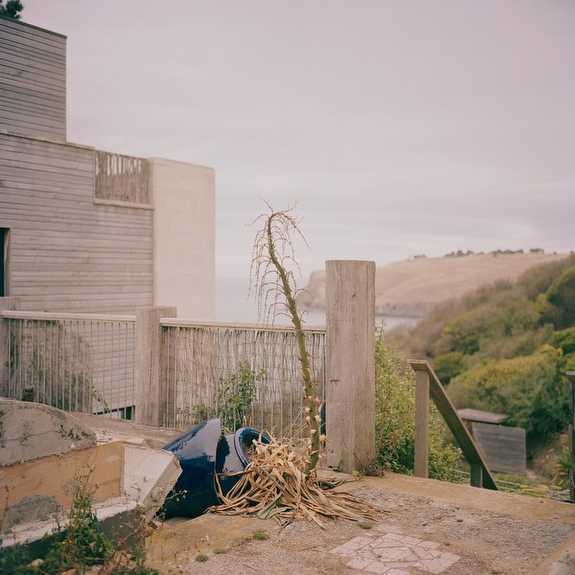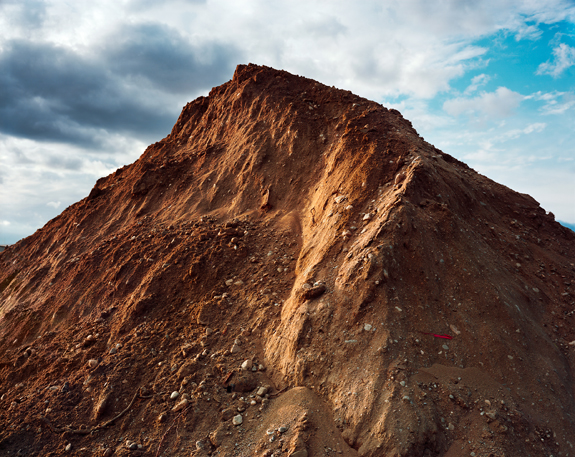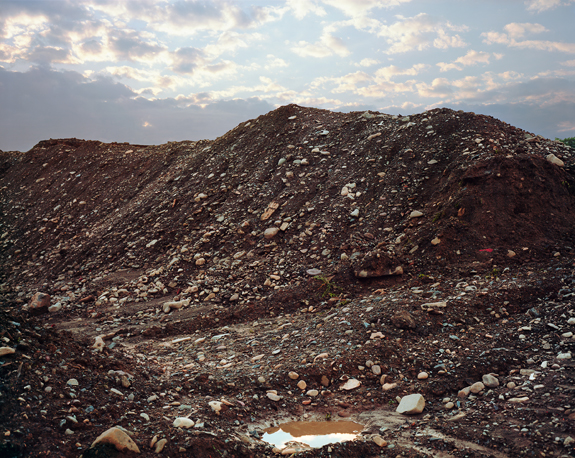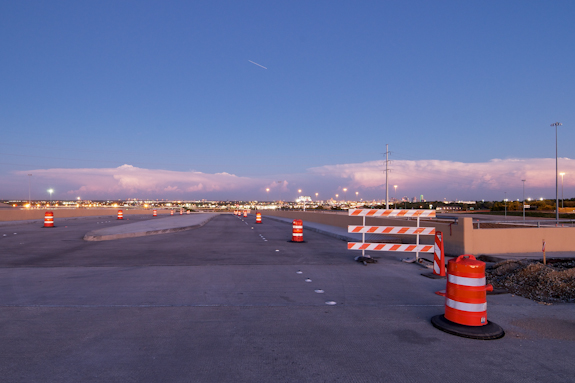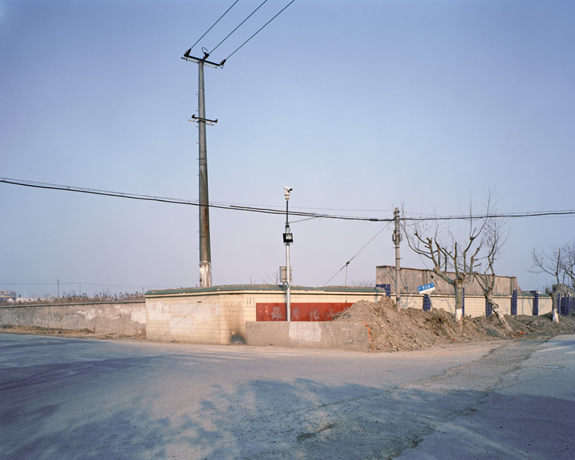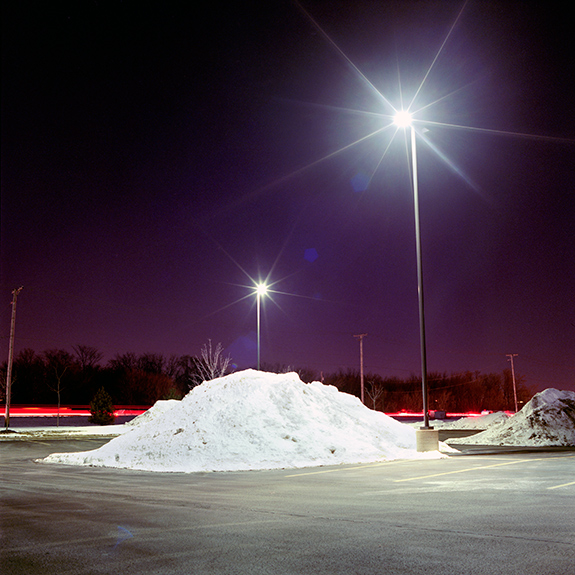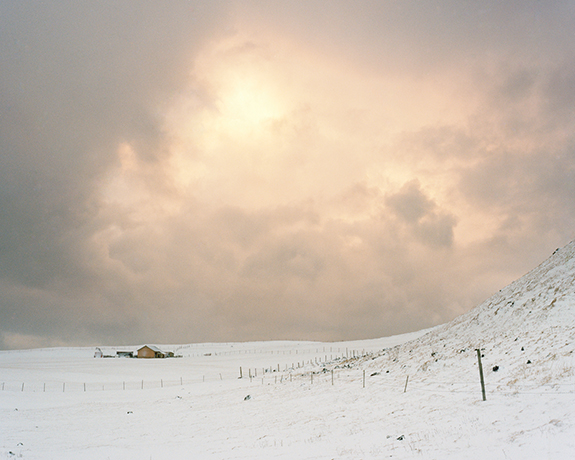
PeterHollidayPhoto.com
Where the Land Rises is a photographic series documenting the relationship between the landscape and people of Heimaey, the only inhabited island of Vestmannaeyjar, a volcanically active archipelago in southern Iceland.
Isolated from the Icelandic mainland by the North Atlantic Ocean, Vestmannaeyjar is a dramatic fleet of around 15 islands. Heimaey, which literally means Home Island, is the largest of these islands with an area of approximately five square miles and home to a population of 4,300 people. Two cindery domes dominate the island’s horizon, sitting like residual slag heaps from a heavy industry long abandoned. These volcanoes, known as Eldfell and Helgafell, reveal the temporality of the
Mid-Atlantic Ridge. Lying directly between the shifting tectonic plates of Europe and North America, the geology of the Vestmannaeyjar range is relatively new, having been formed by multiple volcanic eruptions during the past 12,000 years.
In the early hours of 23rd January 1973 the island of Heimaey suddenly split open, sending columns of lava into the sky from a mile-long fissure. The eruption of Eldfell — as the 42-year-old volcano is now known — led to the immediate evacuation of the island, destroying many homes and violently altering the geography of Heimaey. For this reason, the island is often cited as the “Pompeii of the North.”
As the lava flow slowly crept towards the fishing harbour, threatening to destroy the island’s economic lifeline, interventions were made to divert the drifting magma. A dam of solidified basalt was successfully created by spraying the flow with billions of litres of seawater. In early July 1973 the eruption was officially declared over and many of the inhabitants began to return, although some would never come back. The island had been saved but the landscape would never be the same again. In less than six months Heimaey had grown by an area of 20%. The new landscape formed by the eruption is a topography significantly influenced by mankind and the event is cited as an archetypal example of man’s ability to conquer the overwhelming power of nature.
Where the Land Rises captures the stark coastal terrain of Vestmannaeyjar, a restless landscape forged by an intense geological violence that originates deep within our planet. Nevertheless, the landscape of Heimaey is revered by its inhabitants as a home; an island refuge in an often unforgiving environment. My portraits document some of the people who live there; the permanent occupants of a landscape exposed to ongoing forces of destruction and creation; the everyday witnesses of a terrain intricately textured by an ever-changing climate. A people who exist between a landscape gone and a landscape to come.
By documenting the portraits and stories of several people who experienced the eruption of Eldfell,
I was able to imagine a past landscape now lost beneath the lava and investigate a moment in Heimaey’s recent history when the island’s entire community came unnervingly close to losing everything.
Where the Land Rises explores the complex interrelations between the changing environment and mankind against the unpredictable geography of Vestmannaeyjar and the surrounding extremes of the Mid-Atlantic Ridge. In examining this space, I present themes of isolation and man’s inherent longing for order within a fluctuating environment. By further detailing the lasting affects of the eruption of Eldfell I introduce ideas of loss, remembrance, the passing of time, and the chance for new beginnings. Where the Land Rises ultimately considers our perception of the landscapes that surround us, but more significantly, how the changing environments we inhabit shape the human condition.
— Peter Holliday, Glasgow, Scotland
